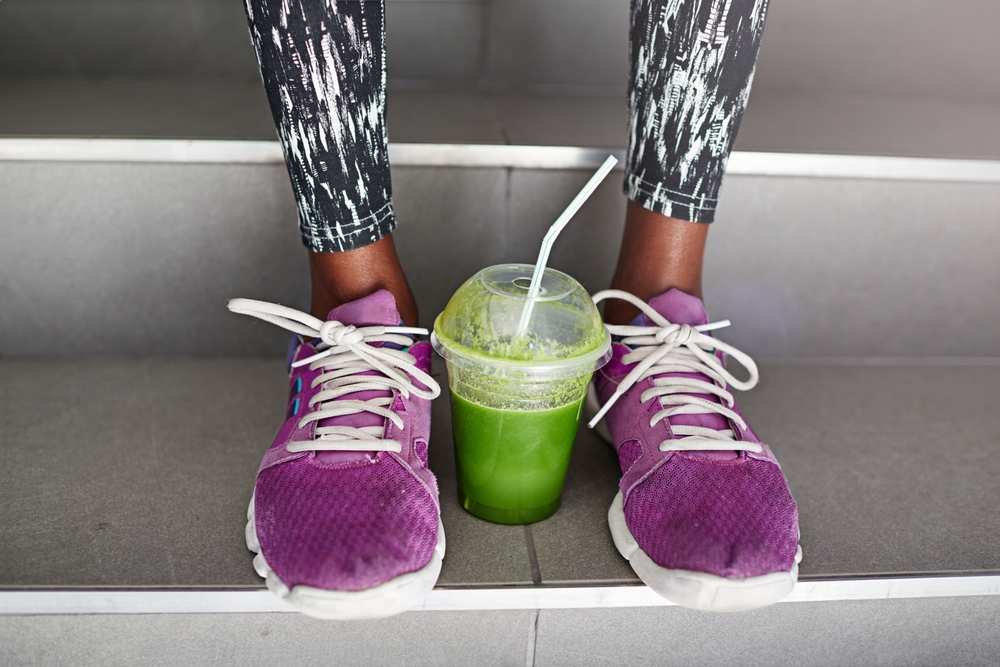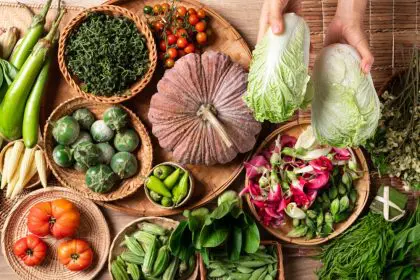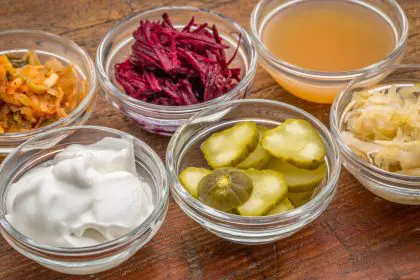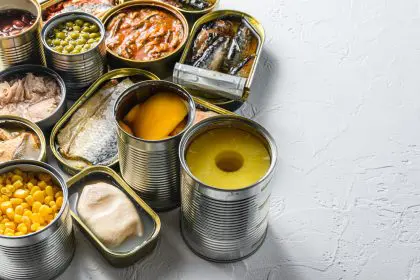That ice-cold smoothie might be giving you the healthy breakfast you planned, but it could also be creating digestive chaos you never connected to temperature. Your digestive system operates at a very specific temperature range, and when you regularly consume foods that are significantly colder or hotter than your body temperature, you’re forcing your gut to work overtime in ways that can affect everything from nutrient absorption to gut bacteria balance.
Traditional Chinese medicine has long emphasized the importance of food temperature for digestion, but Western nutrition is just beginning to understand how thermal temperature affects your gut’s ability to break down and absorb nutrients effectively.
Cold foods shock your digestive system
When you drink that frozen smoothie or eat ice cream, your stomach has to warm the food from around 32 degrees Fahrenheit to your core body temperature of 98.6 degrees before digestion can begin properly. This temperature adjustment requires significant energy and can slow down the entire digestive process.
Your digestive enzymes are temperature-sensitive proteins that work optimally at body temperature. When they encounter very cold foods, their activity decreases dramatically, meaning your body can’t break down proteins, fats, and carbohydrates as efficiently. This can lead to partially digested food moving through your system, potentially causing bloating, gas, and nutrient malabsorption.
Cold foods also cause blood vessels in your digestive tract to constrict, reducing blood flow to your stomach and intestines. This decreased circulation limits the delivery of digestive enzymes and slows the removal of waste products, creating an environment where digestion becomes sluggish and inefficient.
Your stomach muscles respond to temperature
The smooth muscles in your stomach that help churn and mix food are affected by temperature changes. Cold foods can cause these muscles to contract and become less flexible, reducing their ability to properly mix food with digestive juices and move it through your system at the optimal pace.
This muscular response to cold can be particularly problematic for people who already have digestive issues like gastroparesis, where stomach emptying is delayed. Adding very cold foods to an already slow digestive system can worsen symptoms and make nutrient absorption even more challenging.
Some people experience stomach cramping or discomfort after consuming very cold foods, which is often their stomach muscles reacting to the temperature shock. This reaction can persist for hours after eating, affecting appetite and comfort levels throughout the day.
Hot foods create different digestive challenges
While cold foods slow digestion, extremely hot foods can damage the delicate lining of your mouth, throat, and stomach. Regular consumption of very hot beverages has been linked to increased risk of esophageal irritation and may disrupt the protective mucus layer that lines your digestive tract.
Very hot foods can also cause you to eat too quickly, as the temperature masks normal taste and satiety cues. When you can’t properly taste your food due to heat, you might eat more than necessary or not chew thoroughly, both of which can impair digestion.
The ideal temperature for optimal digestion appears to be room temperature or slightly warm – close enough to body temperature that your digestive system doesn’t have to work extra hard to adjust the thermal conditions before breaking down nutrients.
Smoothies and blended foods have unique temperature issues
Cold smoothies present a double challenge for digestion because they’re both very cold and pre-broken down. While blending makes nutrients more accessible in some ways, it also removes the mechanical chewing process that signals your digestive system to prepare for food and release appropriate enzymes.
When you drink a cold smoothie quickly, your stomach receives a large volume of cold, liquid food without the usual preparation time. This can overwhelm your digestive capacity and lead to the smoothie moving through your system too quickly for optimal nutrient absorption.
The fiber in smoothies behaves differently when it’s been mechanically broken down and consumed cold. Some of the digestive benefits of fiber depend on its interaction with gut bacteria, but very cold temperatures can temporarily reduce bacterial activity in your digestive tract.
Optimizing food temperature for better digestion
Let cold smoothies sit at room temperature for 10-15 minutes before drinking, or add warm ingredients like ginger or cinnamon to help moderate the temperature. Consider making smoothies with room temperature or slightly warm liquid instead of ice to reduce the thermal shock to your digestive system.
Pay attention to how different food temperatures affect your individual digestion. Some people are more sensitive to temperature extremes than others, and you might notice patterns between what you eat or drink and subsequent digestive comfort or discomfort.
Sip warm water or herbal tea with meals instead of ice water to support optimal digestive enzyme function. If you prefer cold beverages, try drinking them between meals rather than with food to avoid interfering with the digestive process when your system is actively working to break down nutrients.













